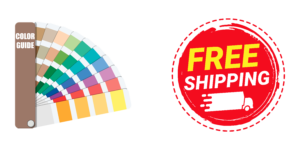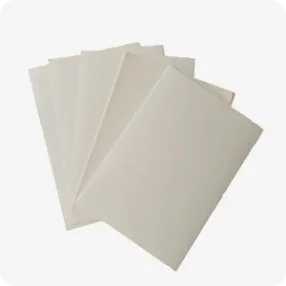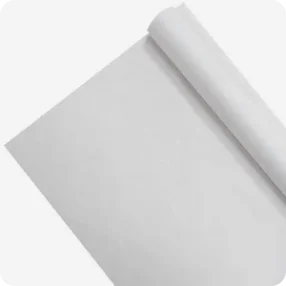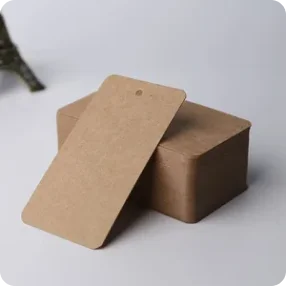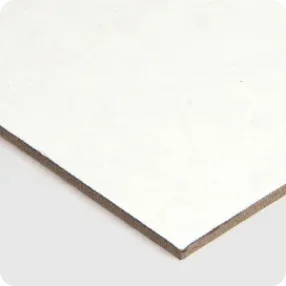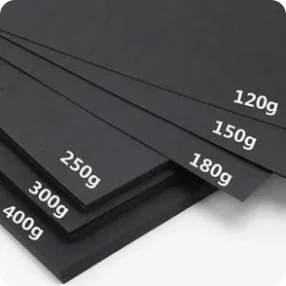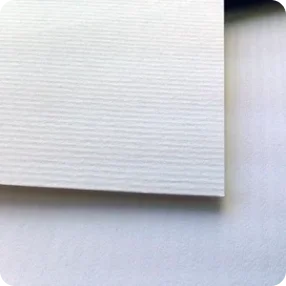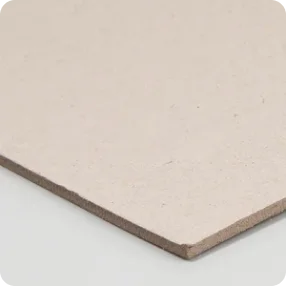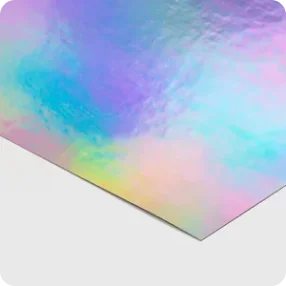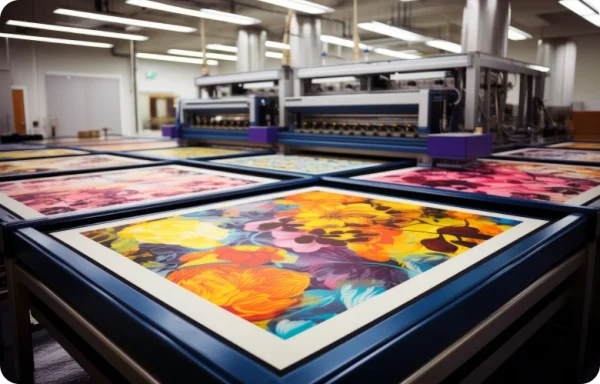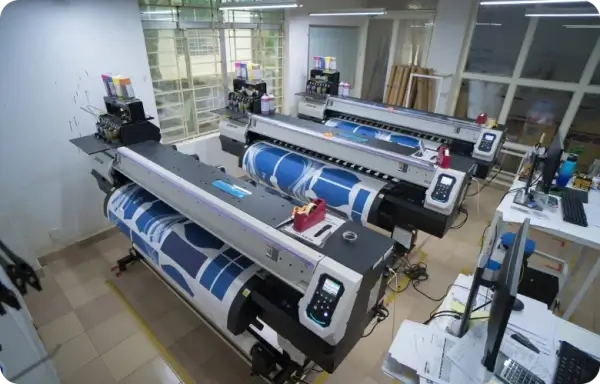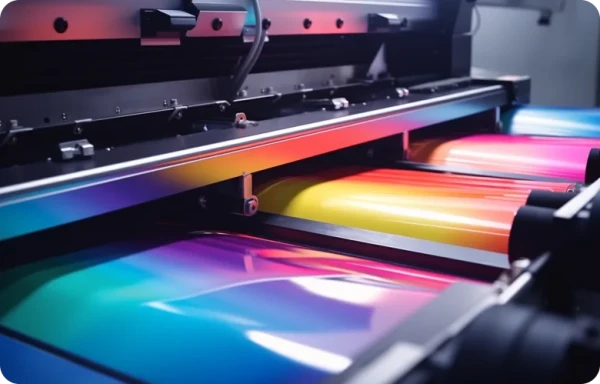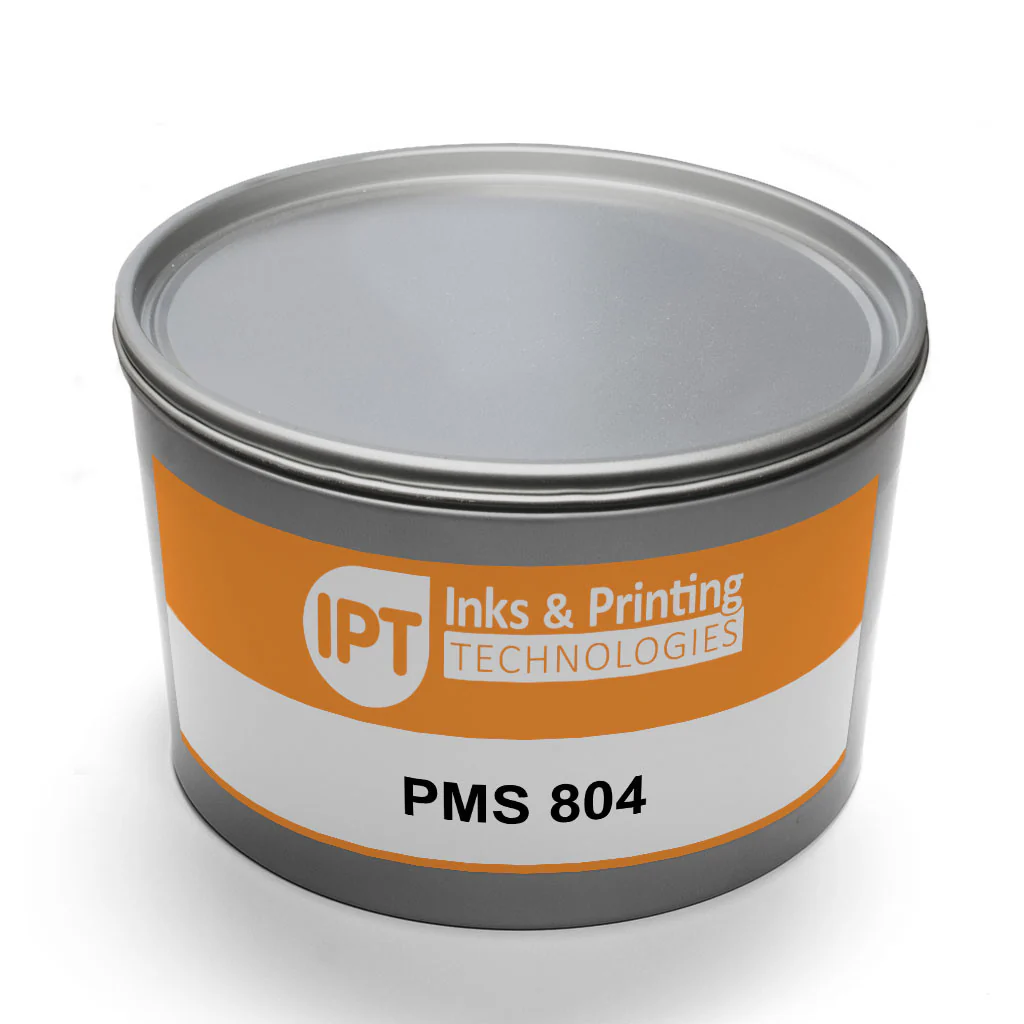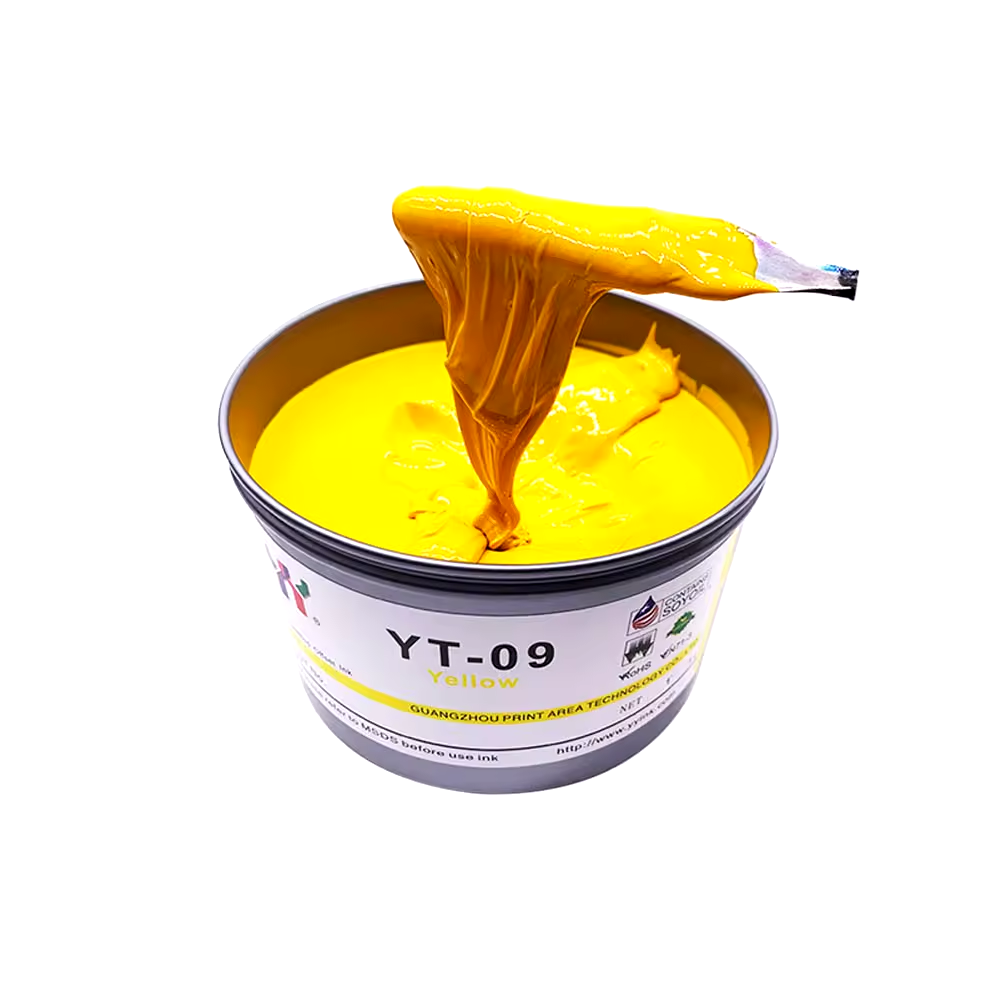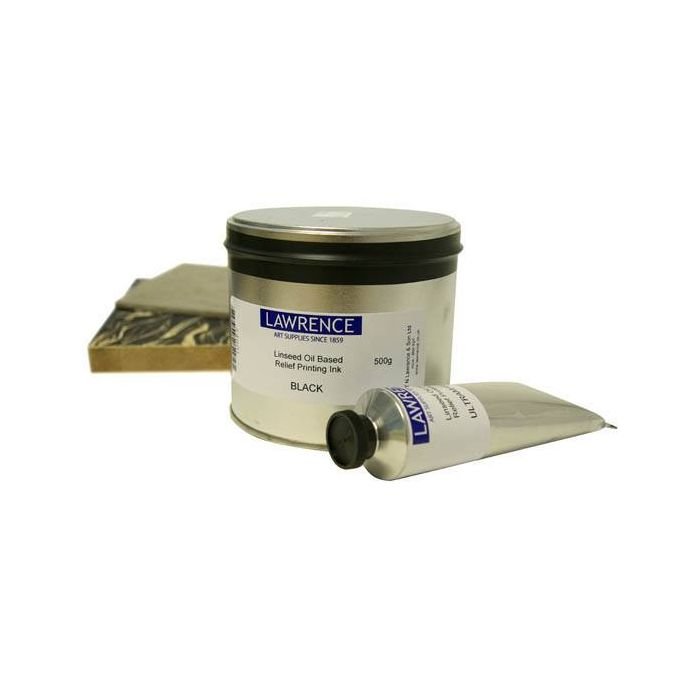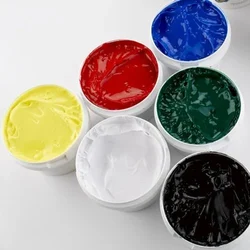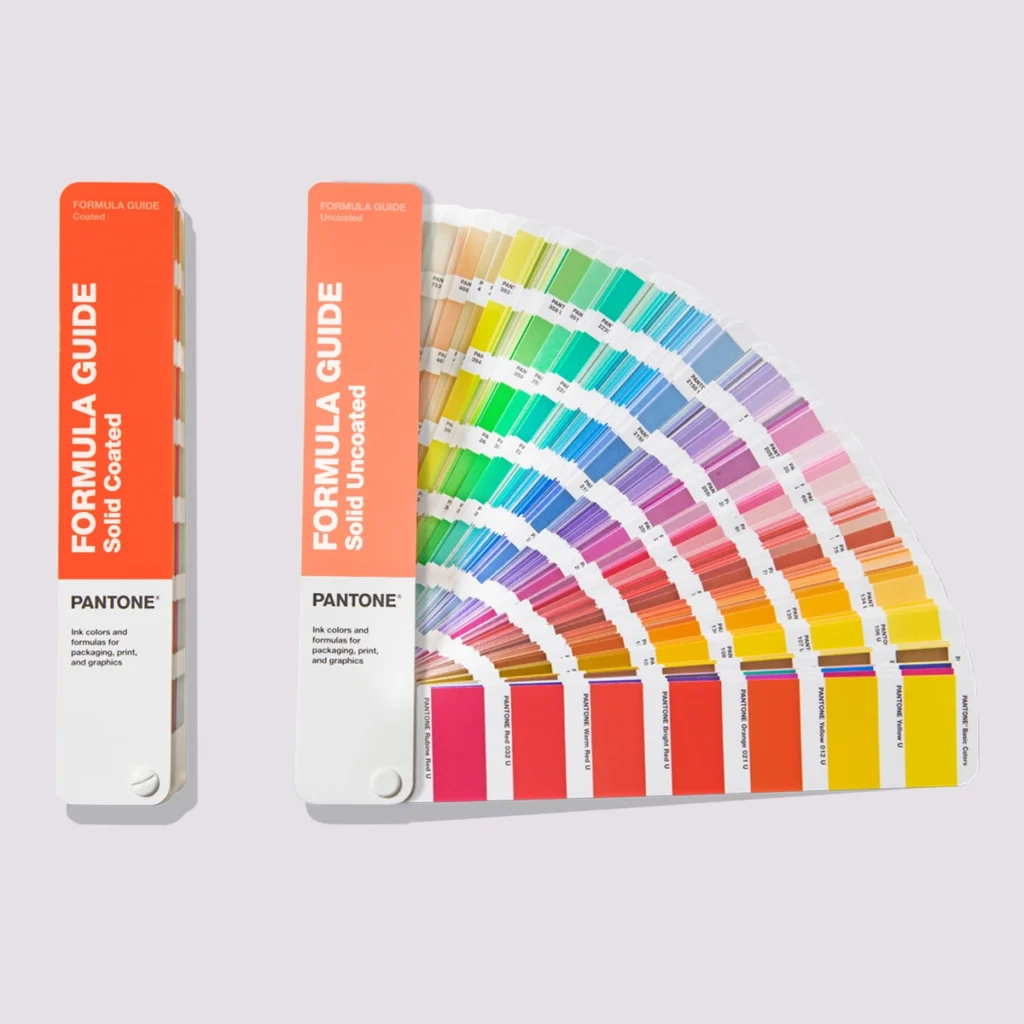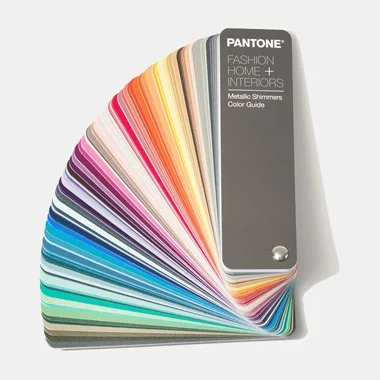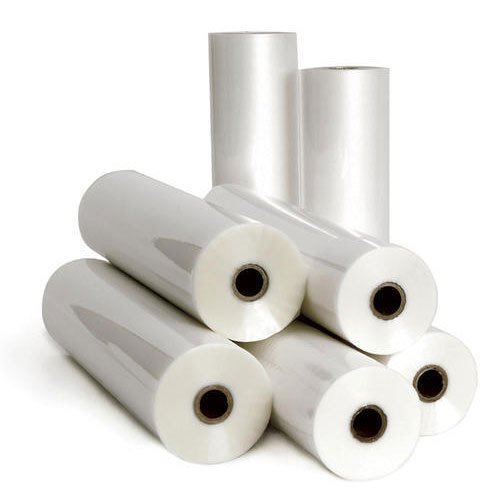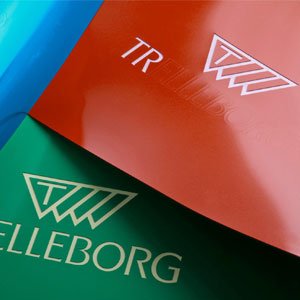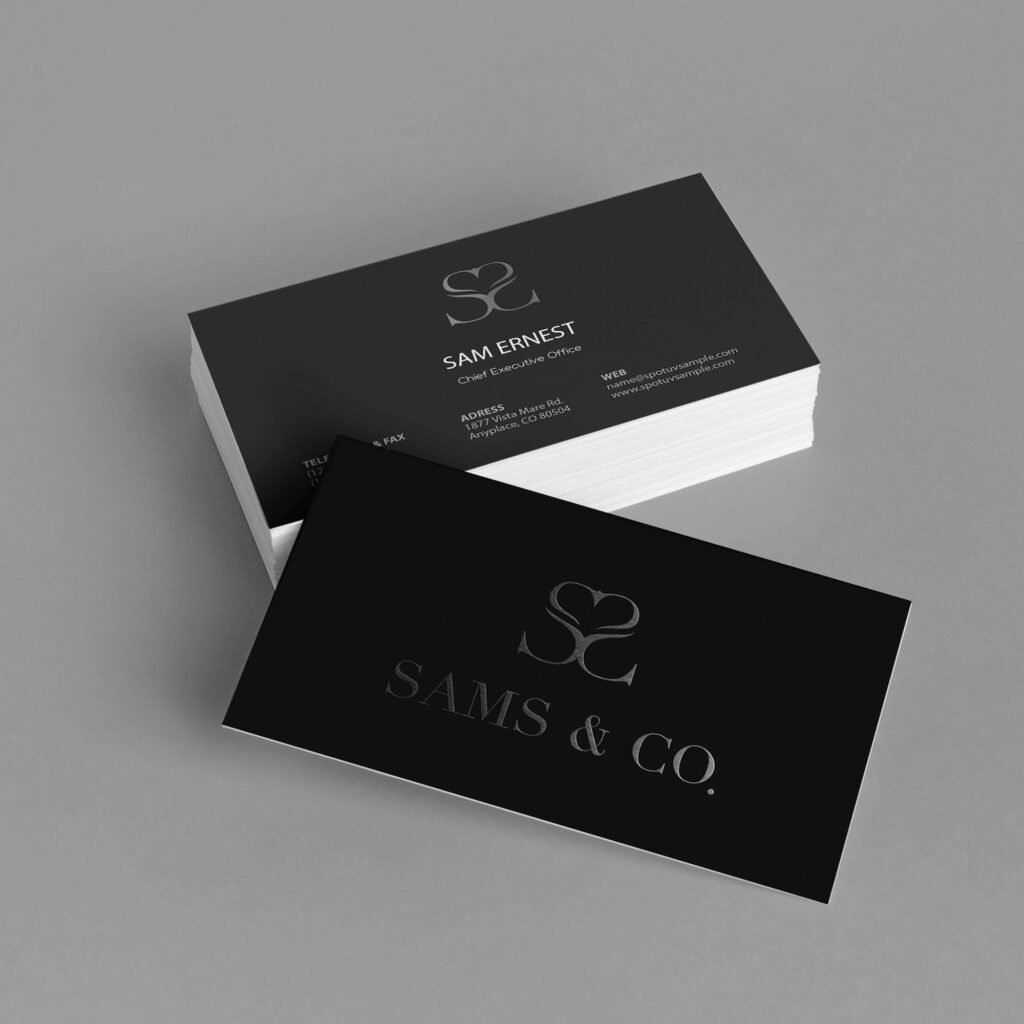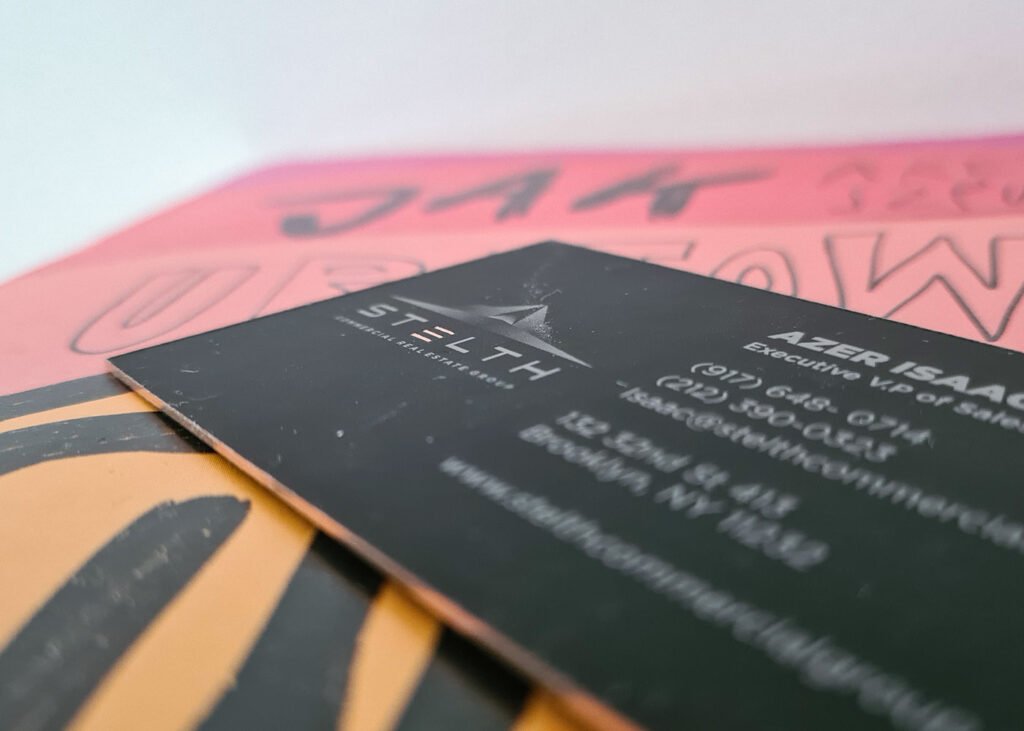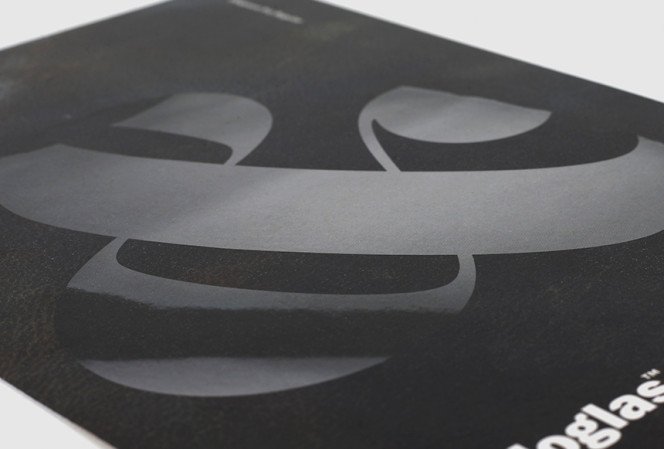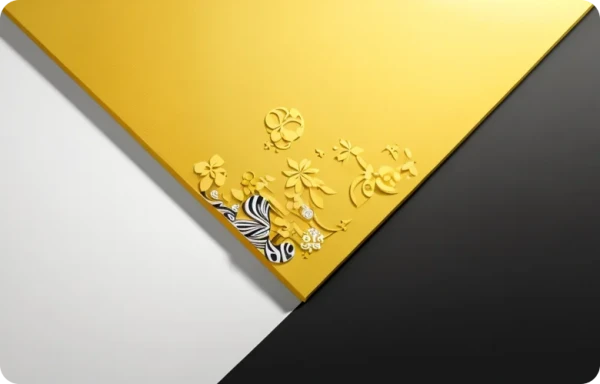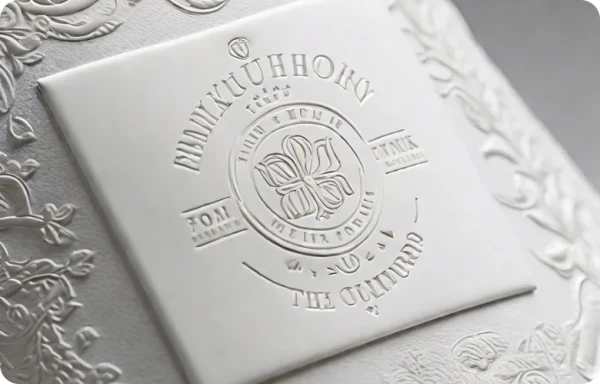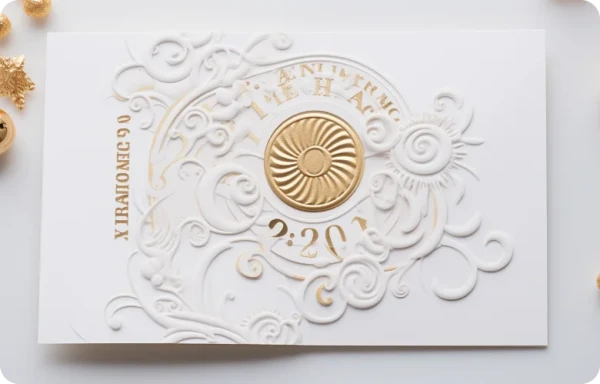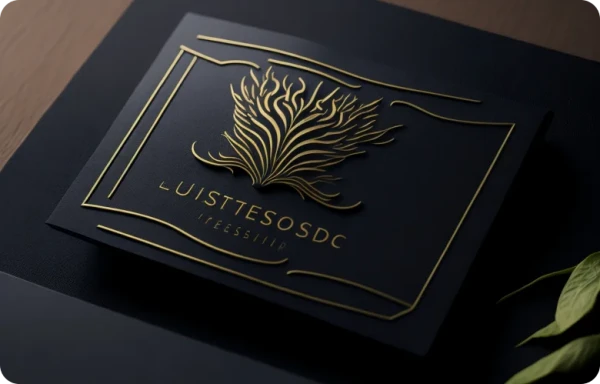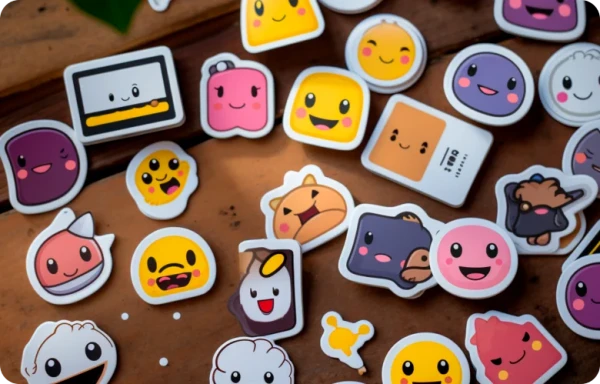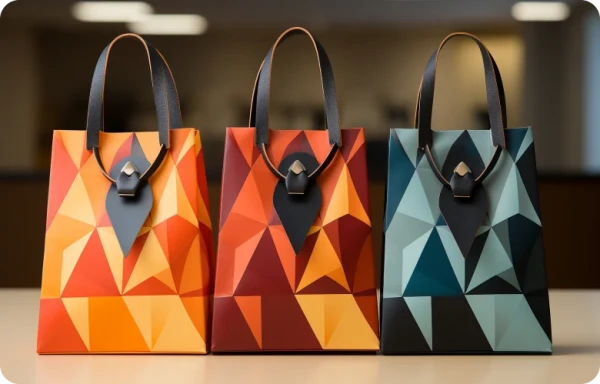Standard Business Card Dimensions and Formats
When it comes to
business cards, size and format matter as much as the design.
The standard size for business cards is 3.5 x 2 inches, ensuring they fit comfortably in wallets and cardholders. However, unique formats like
square cards, mini cards, and even circular designs are becoming popular for those looking to stand out.
Materials play a key role in durability and aesthetics. Traditional options include cardstock with matte or gloss finishes, but there’s a growing trend toward
eco-friendly materials like recycled paper and bamboo. For a more premium feel,
metal and plastic business cards are also available, offering durability and uniqueness.
Shapes and edges can elevate your card’s appeal. Rounded corners, die-cut designs, and foldable formats add a creative touch while maintaining professionalism. Whether you choose a traditional or modern approach, your card’s dimensions and format should reflect your brand’s personality and make a memorable first impression.
Designing Your Business Card
A great business card design is all about balance—functionality meets creativity. To make a lasting impression, include these key elements:
- Your name and title: Display your name and professional role.
- Company logo: Use a high-resolution logo to reinforce your brand identity.
- Contact information: Add a phone number, email address, and website.
- Social media handles: Include relevant ones to showcase your online presence.
- QR codes: Link directly to your portfolio, website, or LinkedIn profile for easy access.
Choose fonts and colors wisely. Avoid overly decorative fonts that compromise readability and stick to professional, brand-aligned colors.
Leverage both sides of the card. While one side can showcase your logo and tagline, the other can feature contact details or a design element like a QR code.
Personalization is key. Consider minimalist designs, embossed logos, or foil accents to make your card stand out. Ultimately, your
business card design should reflect your personality and professionalism.
Types of Business Cards
Business cards come in a variety of types, each catering to different needs and preferences. Choosing the right type depends on your industry, audience, and personal style.
- Traditional paper business cards: These are the most common and versatile. They’re available in various finishes, including matte, gloss, and textured options, making them suitable for professionals across industries.
- Digital business cards: Perfect for tech-savvy and eco-conscious individuals, these cards allow you to share contact details via QR codes, NFC technology, or dedicated apps.
- Premium business cards: For those who want to make a statement, options like metal, plastic, or embossed cards are ideal. They offer durability and a touch of luxury.
- Eco-friendly business cards: Made from recycled or biodegradable materials, these cards show your commitment to sustainability.
The type of business card you choose should align with your brand identity. Whether it’s traditional or innovative, your card should leave a lasting impression on recipients.
Choosing the Right Printing Service
Selecting the right printing service for your
business cards is crucial for ensuring high-quality and timely delivery. Here are a few key factors to consider when making your decision:
- Quality of materials: Ensure the printing service offers high-quality paper or premium options like metal, plastic, or eco-friendly materials.
- Customization options: Look for services that allow you to personalize your business card design, from choosing finishes (matte, gloss) to adding unique features like embossing or foil stamping.
- Pricing: Compare prices, especially if you need bulk orders. Many printing services offer discounts for larger quantities.
- Customer reviews: Always check customer feedback to ensure the service is reliable and delivered on time.
Popular printing services include:
- Vistaprint: Known for its affordable options and easy-to-use templates.
- MOO: Offers premium designs and unique features like Printfinity.
- Canva: Great for DIY designs with seamless printing options.
Choosing the right provider ensures your
business cards are professionally printed and make a lasting impact.
Best Practices for Business Card Usage
Using business cards effectively is just as important as having a well-designed card. Here are some best practices to keep in mind:
- When to give your card: Always offer your business card during face-to-face interactions, especially at networking events, meetings, or conferences. Timing is key—hand it over after a meaningful conversation, not in the middle.
- Handing over your card: Present your card with the logo facing the recipient. This simple gesture shows attention to detail and professionalism.
- Stay organized: Keep your business cards in a neat holder or card case to prevent damage. When receiving cards, jot down a quick note on the back to help remember the context of your meeting.
- Update your card regularly: Ensure your contact information is always current. If your role or company changes, make sure your business card design reflects the update.
By following these simple practices, your
business card will be a powerful tool for networking and making lasting professional connections.
Future Trends in Business Cards
The future of business cards is evolving rapidly as technology and sustainability continue to shape the way we connect. Here are some trends to watch for:
- Digital business cards: With the rise of smartphones and apps, digital business cards are gaining popularity. These cards can be easily shared via email, text, or apps like LinkedIn, making them a convenient, eco-friendly alternative to traditional cards.
- NFC-enabled cards: NFC (Near Field Communication) technology allows you to share your contact details simply by tapping your business card against a smartphone. This seamless interaction makes it easy for recipients to save their information.
- Sustainable materials: As sustainability becomes more important, eco-friendly business cards made from recycled materials, bamboo, or even plant-based plastics are gaining traction.
- Augmented reality: Some companies are experimenting with augmented reality (AR) business cards. By scanning the card with an AR app, users can unlock interactive content, making a lasting, high-tech impression.
As technology advances,
business cards will continue to innovate, offering both convenience and creativity.
FAQ Section
Q1: What information should be on a business card?
A: A standard
business card includes your name, job title, company logo, phone number, email address, and website. You can also add social media handles or a
QR code that links to your LinkedIn or portfolio.
Q2: What size are standard business cards?
A: The most common size is 3.5 x 2 inches. This size fits perfectly in wallets and cardholders. However, you can explore unique formats like square or circular
business cards for a more creative approach.
Q3: Are digital business cards better than traditional ones?
A:
Digital business cards are great for tech-savvy professionals and eco-conscious individuals. They are easy to share, save, and update. Traditional cards, however, still make a strong impact in face-to-face interactions and professional settings.
Q4: How much do business cards cost?
A: The cost of
business cards can vary. Basic options start as low as $10 for 100 cards, while premium options like
metal or plastic business cards can cost more.
Q5: How can I make my business card stand out?
A: Use creative designs, high-quality materials, and unique features like embossing, foil accents, or
QR codes to make your
business card memorable.
